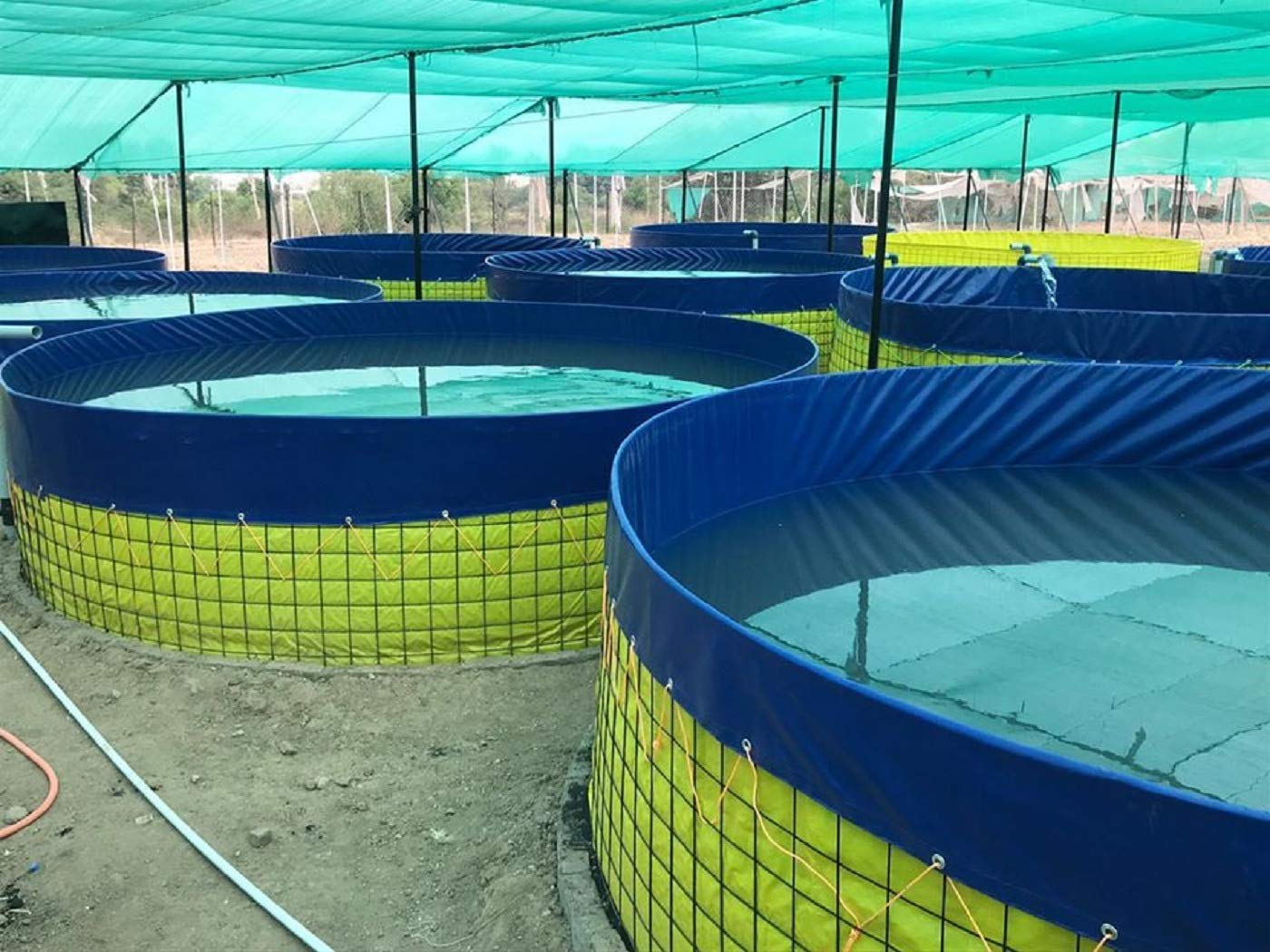
BioFloc Farming Muzaffarpur

BIOFLOC farming IN Muzaffarpur
Biofloc fish farming is a sustainable and profitable method of fish farming that has gained popularity in recent years. It involves the use of microorganisms such as bacteria, algae, and other microorganisms to provide a natural source of food for fish. Biofloc technology reduces the need for water exchanges and chemical treatments, making it an eco-friendly and profitable method of fish farming. Muzaffarpur, a city in the Indian state of Bihar, has the potential for biofloc fish farming with its favorable climatic conditions and access to freshwater sources.
Advantages of Biofloc Fish Farming
One of the key advantages of biofloc fish farming is its low water requirement. Unlike traditional fish farming methods that require frequent water changes, biofloc technology recirculates water, reducing the need for frequent water changes. This not only conserves water but also reduces the need for costly water treatments. Biofloc fish farming is also a sustainable method of fish farming as it utilizes waste materials generated by the fish as a source of nutrients for the microorganisms, reducing the need for artificial feed. This results in reduced production costs and increased profitability.
Another advantage of biofloc fish farming is that it provides a natural source of food for the fish. The microorganisms in the water serve as a source of protein and other nutrients for the fish. This reduces the need for artificial feed, which can be costly and may contain harmful chemicals. Additionally, the microorganisms in the water can help to improve the water quality by reducing the level of harmful bacteria and other pathogens.
Setting up a Biofloc Fish Farming System
The first step in setting up a biofloc fish farming system in Muzaffarpur is to obtain the necessary permits and licenses from the local authorities. You will also need to conduct a feasibility study to determine the profitability and viability of the business. This will involve analyzing the demand for fish in the region, the availability of resources such as land, water, and feed, and the cost of production.
Once you have completed your feasibility study and obtained the necessary permits and licenses, you can start setting up your biofloc fish farming system. The system typically involves constructing tanks, installing aeration systems, and creating a suitable environment for the microorganisms to thrive. You will also need to stock the tanks with fish and provide them with a suitable diet.
The tanks used in biofloc fish farming can be made of various materials such as concrete, plastic, or fiberglass. The tanks should be lined with a suitable material to prevent leaks and ensure proper water retention. Aeration systems are essential in maintaining the proper oxygen levels in the water, which is necessary for the survival of the fish and microorganisms. The aeration system can be in the form of diffusers, pumps, or air stones.
Creating a Suitable Environment for the Microorganisms
In a biofloc fish farming system, the microorganisms serve as the primary source of food for the fish. Therefore, it is essential to create a suitable environment for the microorganisms to thrive. This involves maintaining the proper water quality parameters such as pH, temperature, salinity, and dissolved oxygen levels.
The pH level of the water should be maintained between 7.5 to 8.5, which is optimal for the growth of the microorganisms. The temperature of the water should be maintained between 25 to 30 degrees Celsius, which is ideal for the growth of both the microorganisms and fish. The salinity level of the water should be maintained between 5 to 10 parts per thousand, which is suitable for the growth of the microorganisms.
Stocking the Tanks with Fish
The next step in setting up a biofloc fish farming system is to stock the tanks with fish. The type of fish to be raised will
